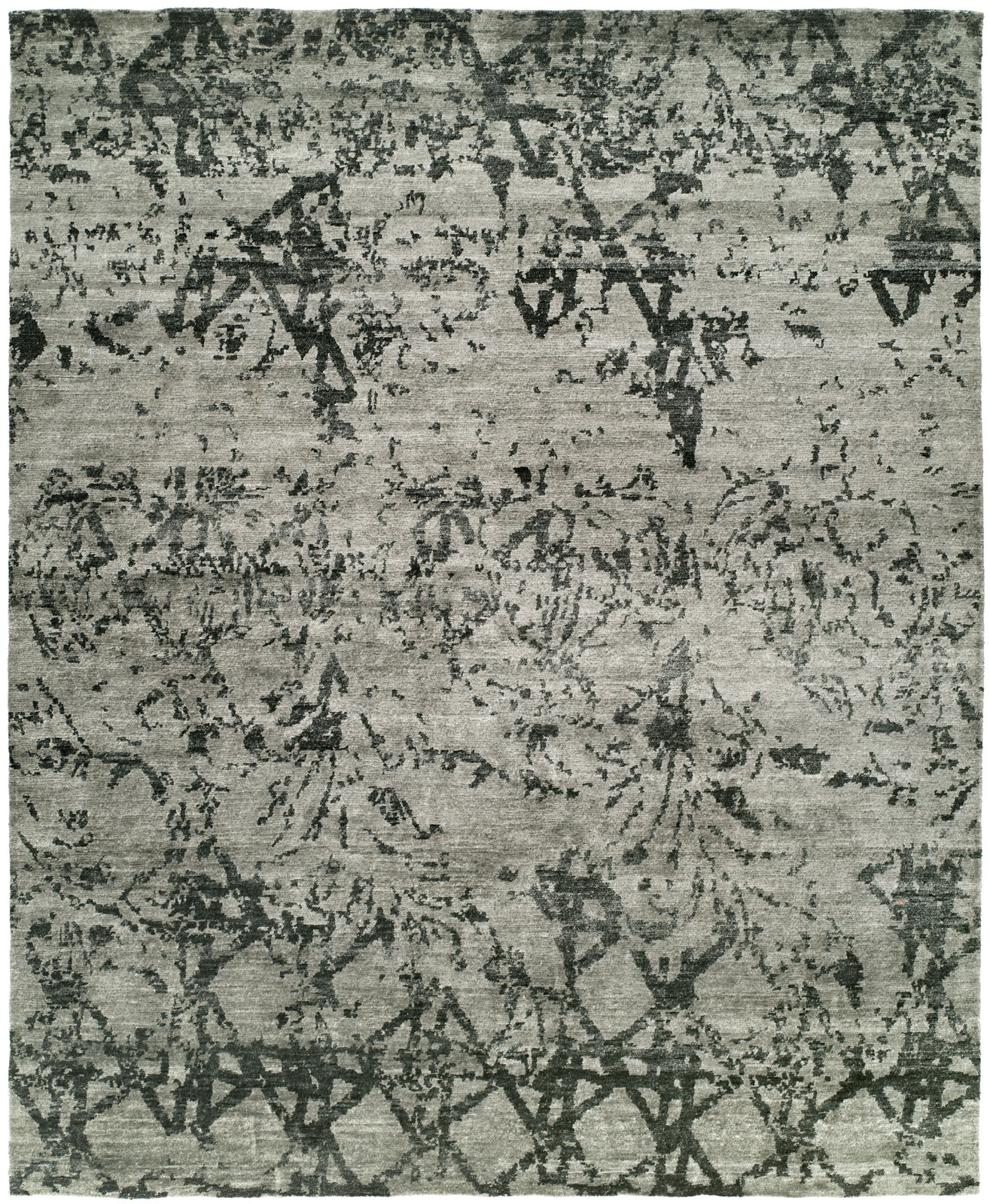The Origins of Rug Designs
It is impossible to say with any degree of certainty exactly where, when, and how the majority of rug designs were first evolved.
Some are clearly rooted in religious and mystical symbolism. Others are obviously drawn from a wide range of vegetal, animal, and architectural forms; the diverse and influences of mythology, folklore, history and the other decorative arts can also be seen.
Equally evident is the use of ‘heraldric’ emblems, or tribal coat-of-arms, and it is not uncommon to find magical and totemistic motifs in a number of tribal and Chinese rugs.
The origin and symbolic meaning of some individual motifs and designs are well documented, but the majority cannot be traced to any undisputed source, and a number of conflicting mythologies have grown up around them.
The situation has been further complicated by the constant interchange of religious, cultural and decorative ideas; in common with other artists, the makers of oriental rugs are not averse to adopting a design, or incorporating its most attractive elements into their own compositions, simply because it appeals to their aesthetic tastes.
Figurative and non-figurative:
All oriental rug designs can be broadly divided into those which employ naturalistic representations of living forms and those which employ naturalistic representations of living forms and those which emply either totally geometric forms, or naturalistic forms that have been so abstracted that their origins are no longer recognizable.
As a general rule, Turkoman, Afghan, and Anatolian rugs are predominately non-figurative, whereas those from the other rug-producing countries often use realistic, if sometimes highly abstracted plant, bird, animal and human forms. Experts most frequently explain this regional division by pointing to conflicting interpretations of the hadith(the sayings attributed to the Prophet Mohammed) by the different Islamic sects. The Sunnite Muslims forbid the depiction of living forms, while others are not bound by such doctrinal restraints.

